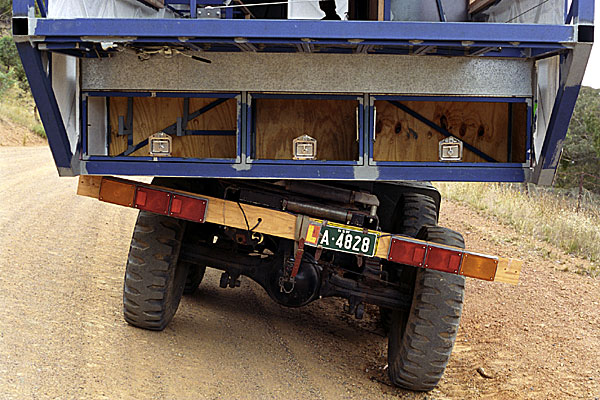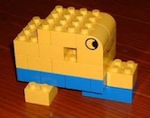Something I have not heard mentioned (and which is a huge labor saving) is bonding filon siding on both sides of a foam core. One would have to scuff the side that one is going to bond, but looking at
http://www.rvpartsnation.com/product/1217/arctic-white-fiberglass-filon 10' x 101" is $210. One could make a straight and level oversize work surface and use vacuum bagging to apply clamp pressure and produce huge panels that are perfectly finished inside and outside and also very flat. That way there would be very little actual wet layups needed except for bonding the panels together at the edges and also very little needed in the way of painting/finishing.
One can use such panels (with proportionate thickness core foam) to make just about everything in the camper that is flat, including the table, drawers, furniture etc. One needs to identify sources for architectural extrusions to help with making joins at 90 degrees and for edge closures. Where I live there is a company that makes nothing else, but they don't generally market to the public.
I have done the math, and at least for the composite facings (ignoring finish for the moment) it is not financially viable to use wet layup when one can bond Filon to a core. One could also use contact adhesive, but that is relatively tricky to apply, particularly when working alone.
As far as durability is concerned, my main concern would be the ability of the structure to withstand the racking induced by the feeble trailer frames that are used. With the boxy structures that are commonly used, the stress is concentrated in the 90 degree joints between floor and wall, wall to roof, front to side walls etc. The lighter the structure, the less racking, unless one comes up with a 3 point mount and allows the trailer frame to move independently of the trailer structure. Rob Gray, builder of
http://www.robgray.com/graynomad/wothahellizat/wot2/index.php Mk1 and 2 has a page that goes into detail about designing and building the isolation mount for wothahellizat so that the structure could survive the twisting of the chassis without damage.
http://www.robgray.com/graynomad/wothahellizat/wot2/diaries/diary_06/index.phpPicture of chassis vs structure articulation here

The whole thing is a fascinating read btw, this guy has done extremely well for a software writer...
Filon certainly has a track record and in commercial RV applications, the bonding process is the weak link.













